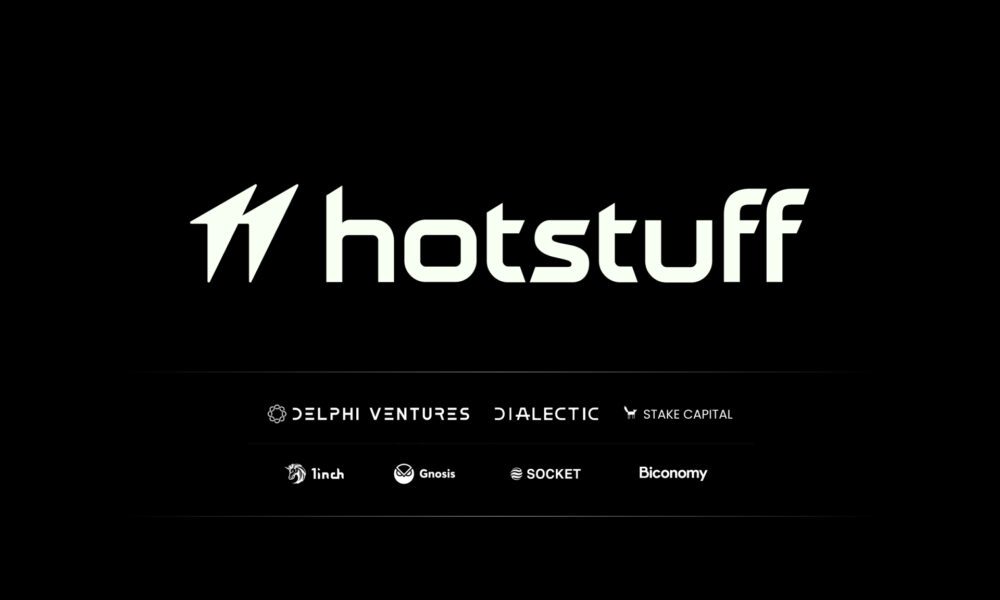As technology gets better, every industry discovers new ways to leverage it for more seamless operations. The field of business, for instance, did it by developing e-commerce. Similarly, areas like medicine and social sciences do it by conducting more advanced and accurate research. Even the motion picture industry has found a number of ways to utilize the latest changes in technology. How? By completely revamping the way that movies are distributed.
Optimized Movie Experience
Going to the cinema remains the most popular way to capture the release of the latest films. Hence why movies’ success is still quantified in terms of the box office revenues. And although this is a fairly old-fashioned practice, technology has undoubtedly optimized the movie-going experience. Just consider, for instance, the rise of 3-D viewings that have gained considerable momentum over the past few years.
Some of the first 3-D viewings date back to 1920s. Nevertheless, major developments in this area started happening in the early 2000s when special camera systems were developed. Movies that can be labeled as pioneers of the movements include the following:
- Ghosts of the Abyss;
- Spy Kids 3-D: Game Over;
- Star Trek: The Experience.
- James Cameron’s Avatar
Of course, practically every movie that gets produced nowadays is offered in 3-D screening for those who prefer to view it that way. So, one of the very obvious ways in which the technology has impacted the world of motion picture revolves around the experience at the movie theaters.
Online Streaming
The next area that has seen a lot of changes is online streaming. According to the Co-founder of GiGi Films, Gia Walsh, combining the internet with motion picture has created a brand-new platform for many producers. In the past, going to the movies and buying DVDs were some of the very few options to view the latest releases. As the online resources gained momentum, however, the movie industry slowly shifted its focus. Now, people can rely on innumerable platforms that permit renting of movies and TV shows or live streaming on demand.
Think about Amazon, per se. As the world’s largest e-commerce network, it gave birth to one of the most versatile movie libraries. Consequently, people can use it to rent and stream nearly any movie that comes to mind. Other providers who do the same include platforms like YouTube, Netflix and Google. Thus, the changes in technology have outsourced movie streaming from sources like DVDs and Blu-rays to online websites.
Subscription-Based Platforms
As Gia Walsh puts it, online streaming is not the only way that the internet has affected people who enjoy movies. In fact, some of the developments in the field of subscription-based platforms are much more revolutionary. In the past, companies like Blockbuster held a monopoly over the market as they were the most popular alternatives for movie renting. RedBox tried to take over on the heels of increased convenience, but its success was short-lived. Enter Netflix. With the rise of online streaming with companies that operate in a fee-for-service manner, Blockbuster slowly went out of business.
For example, people no longer have to bother renting individual movies or TV shows. This is because technology has made it possible to create a single source of entertainment that holds thousands of titles. Think about the way that Netflix is built. Instead of making viewers purchase every movie, they allow their viewers unlimited streaming as long as they cover the monthly fee. Thus, the resources that exist in the 21st century were successfully used to create a powerful network that is able to support massive amounts of data.
Strict Piracy Laws
Of course, not everything related to the changes in movie distribution is positive. One of the main downsides is the fact that video piracy is at an all-time high. Courtesy of hackers who thrive in environments of hot traffic, online resources are often vulnerable to theft. Just consider the number of different scandals that pertain to illegal movie sharing. Well, although technology gave rise to this issue, it simultaneously works to prevent it.
By taking advantage of complex algorithms and advanced firewalls, digital engineers are able to generate tight distribution channels. In translation, they have the necessary tools to combat hackers who try to steal motion pictures. Why is this relevant? Because it contributes to a better preservation of intellectual property and promotes the integrity of a very fragile industry!
































